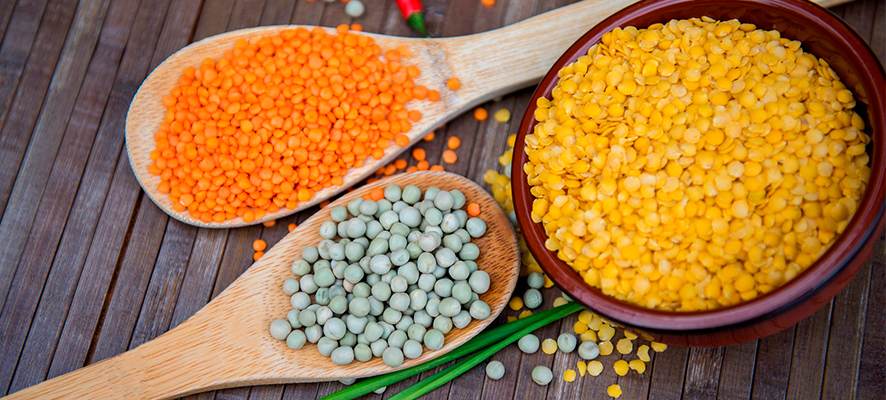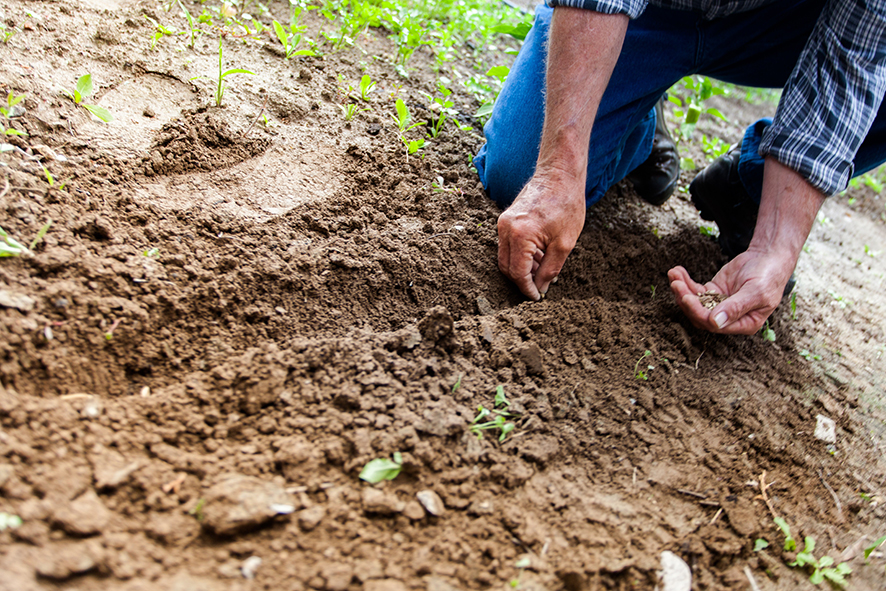
Legumes are the edible seeds of plants in the legume family. These grow in pods and come in a variety of shapes, sizes, and colors. The Food and Agriculture Organization of the United Nations (FAO) recognizes 11 types of legumes: dry peas, chickpeas, lentils, dry beans, dry broad beans, cow peas, pigeon peas, bambara beans, vetches, lupins and pulses nes.
Legumes are healthy, nutritious and easy to cook. Growing legumes also promotes sustainable agriculture, as legume crops help reduce greenhouse gases, improve soil health, and need less water than other crops.
Beneficial for the environment
The nitrogen properties of legumes improve soil fertility, which increases and extends the productivity of farmland. By using pulses for intercropping and cover crops, farmers can also promote agricultural biodiversity and soil biodiversity, while keeping harmful pests and diseases at bay.
Additionally, legumes can contribute to climate change mitigation by reducing reliance on synthetic fertilizers used to artificially introduce nitrogen into the soil. Greenhouse gases are released during the manufacture and application of these fertilizers, and their excessive use can be detrimental to the environment.

World Pulses Day
Since 2019, February 10 has become the International Day of Pulses. This celebration presents a unique opportunity to raise public awareness about pulses and the fundamental role they play in the transformation towards more efficient, inclusive, resilient and sustainable agricultural systems for better production, better nutrition, a better environment and a better life.
FAO works to facilitate the celebration of this international day and support the production and consumption of pulses as part of sustainable food systems and healthy diets.
--
Source: United Nations
Did you enjoy reading the article? Has it clarified any doubts for you? Give us your opinion and help us spread it on your social networks. We also invite you to follow us on Instagram.